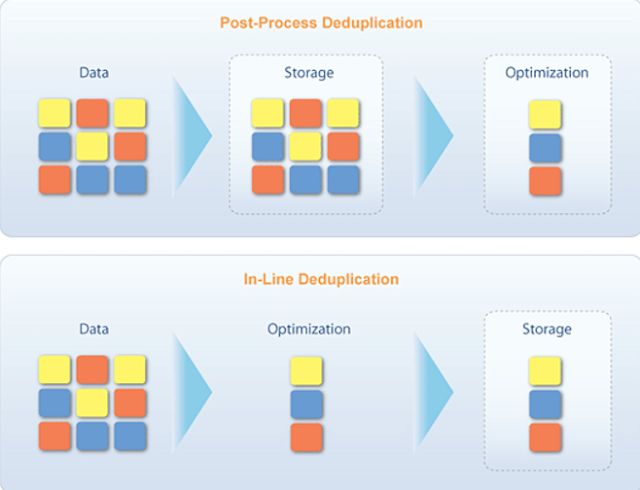ယခုနောက်ပိုင်း SD-WAN ဆိုတဲ့ အသုံးအနှုံးကို Industry မှာ တော်တော်များများ တွေ့လာရတယ်။ Google ခေါက်ကြည့်လိုက်တော့ SD-WAN ကို သုံးရတဲ့ ရည်ရွယ်ချက် ၄ ခုကိုသွားတွေ့တယ်။ ဘာတွေလဲဆိုတော့
1) Reduce connectivity costs
Traditional MPLS တွေဈေးတအားကြီးပါတယ်။ ဒါကြောင့် Connectivities cost တွေကို လျှော့ချဖို့ နည်းလမ်းရှာဖွေနေကြပါတယ်။
2) Business continuity
Organizations တော်တော်များများဟာ WAN link failure ဖြစ်တဲ့အချိန်မှာ Redundancy ရှိဖို့ Routing stable ဖြစ်ဖို့ Session ပြတ်မသွားဖို့ Business continuity ကို လိုအပ်ပါတယ်။ ဒါကလည်း SD-WAN features ထဲက တခုပဲဖြစ်ပါတယ်။
3) Simpler branch office VPN orchestration
VPN orchestraion အတွက် locations အများစုဟာ complex ဖြစ်သလို time-consuming လည်းအရမ်း ဖြစ်ကြပါတယ်။ Organization တော်တော်များများဟာ ၎င်း vpn orchecstration/deploy/setup အတွက် Automation tools ကို ရှာဖွေနေကြပြီး SD-WAN က One of the solution တခုဖြစ်ပါတယ်။
4) Quality of critical applications
ဒီ objective ကတော့ SD-WAN ရဲ့ One of the main part ဖြစ်ပါတယ်။ လက်ရှိ Run နေတဲ့ Application တွေရဲ့ Traffic တွေ၊ Performance တွေ session တွေကို အမြဲတမ်း up နေဖို့လိုအပ်တယ်။
If you are looking for the SD-WAN, the best solution as below:
XG Firewall SD-WAN Capabilities:
Multiple WAN link options with MPLS (ethernet handoff), VDSL, and LTE Cellular with essential monitoring, balancing, and failover.
A pioneer in branch office SD-WAN connectivity with our SD-RED zero-touch deployment devices and robust VPN, as well as our innovative XG Series desktop models.
Excellent VPN support for IPSec, SSL, RED secure L2 w/routing, and a central multi-site VPN orchestration via SFM or CFM.
Unique application control and visibility with Synchronized App Control and cloud app visibility, with live connection monitoring and bandwidth utilization and out-of-the-box support for major cloud applications.
Application routing over preferred links via firewall rules or policy based routing.
1) Reduce connectivity costs
Traditional MPLS တွေဈေးတအားကြီးပါတယ်။ ဒါကြောင့် Connectivities cost တွေကို လျှော့ချဖို့ နည်းလမ်းရှာဖွေနေကြပါတယ်။
2) Business continuity
Organizations တော်တော်များများဟာ WAN link failure ဖြစ်တဲ့အချိန်မှာ Redundancy ရှိဖို့ Routing stable ဖြစ်ဖို့ Session ပြတ်မသွားဖို့ Business continuity ကို လိုအပ်ပါတယ်။ ဒါကလည်း SD-WAN features ထဲက တခုပဲဖြစ်ပါတယ်။
3) Simpler branch office VPN orchestration
VPN orchestraion အတွက် locations အများစုဟာ complex ဖြစ်သလို time-consuming လည်းအရမ်း ဖြစ်ကြပါတယ်။ Organization တော်တော်များများဟာ ၎င်း vpn orchecstration/deploy/setup အတွက် Automation tools ကို ရှာဖွေနေကြပြီး SD-WAN က One of the solution တခုဖြစ်ပါတယ်။
4) Quality of critical applications
ဒီ objective ကတော့ SD-WAN ရဲ့ One of the main part ဖြစ်ပါတယ်။ လက်ရှိ Run နေတဲ့ Application တွေရဲ့ Traffic တွေ၊ Performance တွေ session တွေကို အမြဲတမ်း up နေဖို့လိုအပ်တယ်။
If you are looking for the SD-WAN, the best solution as below:
XG Firewall SD-WAN Capabilities:
Multiple WAN link options with MPLS (ethernet handoff), VDSL, and LTE Cellular with essential monitoring, balancing, and failover.
A pioneer in branch office SD-WAN connectivity with our SD-RED zero-touch deployment devices and robust VPN, as well as our innovative XG Series desktop models.
Excellent VPN support for IPSec, SSL, RED secure L2 w/routing, and a central multi-site VPN orchestration via SFM or CFM.
Unique application control and visibility with Synchronized App Control and cloud app visibility, with live connection monitoring and bandwidth utilization and out-of-the-box support for major cloud applications.
Application routing over preferred links via firewall rules or policy based routing.


















